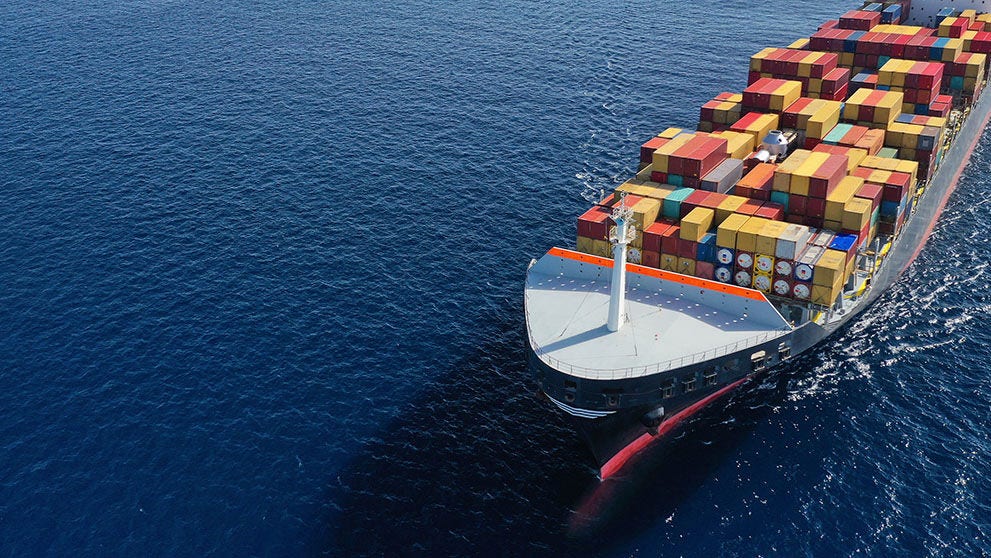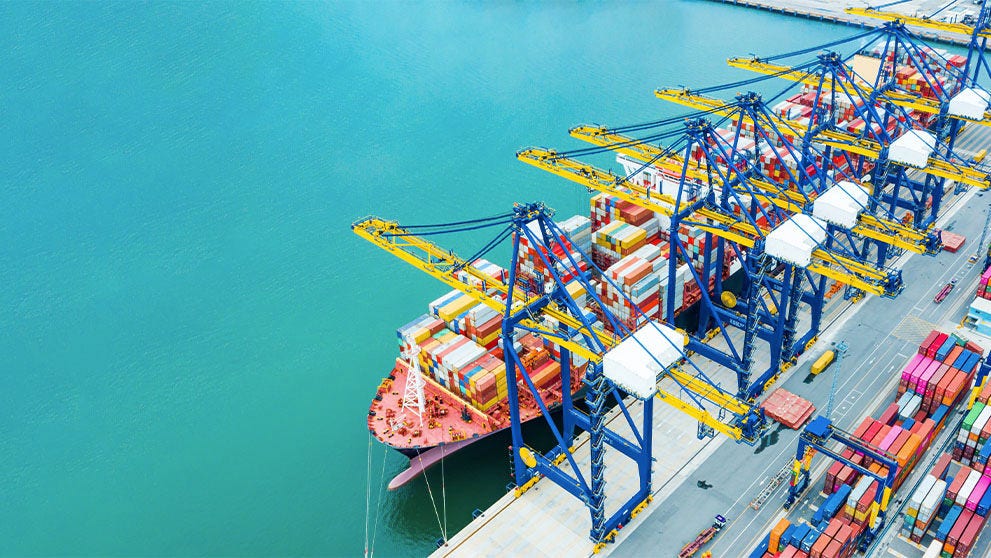
The fashion supply chain is intricate—your clothing may travel thousands of miles before reaching the customer. To ensure timely delivery and perfect condition, it’s essential to follow best practices. This guide covers everything you need to know about shipping apparel efficiently and reliably.
Shipping clothing: how to prepare the garments
Properly preparing your clothes for shipment is crucial – it ensures they arrive in excellent condition and leaves a positive impression on your customer(s).

Fold each item properly
Different types of garments require different folding techniques to minimize wrinkles and save space:
- T-shirts & casual tops: Use the standard retail fold – lay flat, fold sleeves inward, then fold vertically in thirds. This method keeps them compact and tidy.
- Shirts & blouses: Button up shirts fully, then fold along the seams to maintain structure. Place a layer of tissue paper between folds to reduce creasing and protect delicate fabrics.
- Pants & jeans: Fold in half lengthwise, then fold again from the hem up to the waistband. For added polish, insert tissue paper along folds to help maintain shape and prevent sharp creases.
- Dresses & skirts: If hanging isn't an option, fold dresses carefully at natural seams like the waistline or hem.
- Knitwear & sweaters: Avoid hanging knits to prevent stretching. Instead, fold them gently and add tissue to help maintain their softness and structure.
- Fragile items like wedding dresses or luxury fabrics: Use plenty of tissue paper to protect delicate material.

Separate shoes from apparel
Shoes should be packed apart from clothing to avoid dirt or damage. Place each pair in a dust bag or a shoebox to protect their shape and maintain cleanliness.

Include moisture protection
Add desiccant packets or waterproof barriers to guard against humidity and moisture – especially important for longer shipping routes or changing climates.

Make presentation a priority
Use clean, wrinkle-free packaging materials such as branded tissue or protective covers. Double-check garments for lint, stains, or creases so they arrive looking polished and ready to wear.

Include moisture protection
Shoes should be packed apart from clothing to avoid dirt or damage. Place each pair in a dust bag or a shoebox to protect their shape and maintain cleanliness.
How to package clothing for shipping
When shipping clothing, selecting the right outer and inner packaging for garments helps prevent damage, creasing, and contamination. These are some of your options:
- Poly mailers: These are lightweight, durable, and water-resistant – ideal for soft, non-fragile garments like t-shirts, leggings, or knitwear. Choose padded or bubble-lined versions for extra protection.
- Corrugated cardboard boxes: Best for larger or structured items like jackets, shoes, or bundles. They offer excellent support and are stack-safe for bulk shipments.
- Garment boxes: Flat, foldable boxes designed to minimize wrinkles – these are ideal for dress shirts or formalwear.
- Garment bags: Use breathable garment bags (cloth or plastic) for higher-end items or clothing prone to wrinkling during transit.
- And a bonus tip – choose eco-friendly options where possible. Compostable, recyclable and biodegradable materials will help your brand position itself as a sustainability champion – something customers are playing close attention to now.
Apply a shipment label
Labeling your package correctly is crucial to avoid delays. Follow these tips to ensure your shipment arrives safely:
- Labeling your package correctly is crucial to avoid delays. Follow these tips to ensure your shipment arrives safely:
Attach the label securely to the top of the box.
Keep it fully visible—don’t place it over seams.
Avoid covering the label with tape, paperwork, or other stickers.
Place any additional labels on a different surface.
Include a spare label inside the box in case the original is lost.
Use a clear adhesive pouch for loose documents placed outside the package.
Include essential customs documentation
When shipping clothes internationally, customs clearance is one of the biggest hurdles. To avoid delays, make sure your paperwork is complete and accurate. At a minimum, most shipments will require:
- A Commercial Invoice including a detailed Goods Description
- HS (Harmonized System) codes specific to apparel
- An Air Waybill featuring a description of the shipment’s contents
This guide will talk you through all the documents you need for international shipping, so consult it thoroughly to keep your goods moving.
Cost considerations when shipping clothes
There are several key elements that determine how much you'll pay to ship clothing items, including the weight of the package, dimensions, destination and delivery speed.
Understanding these factors – and how to optimize them – can help you stay competitive without compromising on service:

Minimize package size and weight
Choose packaging that fits garments snugly to prevent shifting during transit. For soft apparel, lightweight options like poly mailers are ideal to reduce shipping costs.

Consolidate shipments
Whenever possible, combine multiple items into a single shipment to reduce packaging waste and lower shipping costs per item.

Ship More, Save More with DHL
DHL’s Express’ Dynamic Discounting program helps small businesses by giving them increasing discounts as their shipping volume grows. Contact your local DHL rep to find out more.

Offer tiered shipping to customers
Offer customers the choice between paid express delivery and free standard shipping with a longer delivery time to balance costs and meet different expectations.
Remember sustainability
And finally, when shipping clothing, don’t forget the sustainability factor. Customers are increasingly choosing brands that have eco-friendly packaging practices, carbon-conscious shipping options, and a clear commitment to reducing environmental impact.
DHL’s GoGreen Plus is an innovative service that helps businesses lower the carbon footprint of their shipments by using Sustainable Aviation Fuel (SAF) – a biofuel made from renewable sources like vegetable oils and animal fats. SAF can cut greenhouse gas emissions by up to 80% compared to traditional jet fuel. Best of all, the service can be applied to individual shipments, making it a flexible and accessible option for SMEs and e-commerce brands with smaller loads.
Whether you're sending out sweatshirts or silk dresses, there's always a more sustainable way to deliver. Explore carbon-friendly options like GoGreen Plus – and demonstrate your commitment to responsible, forward-thinking shipping.




















